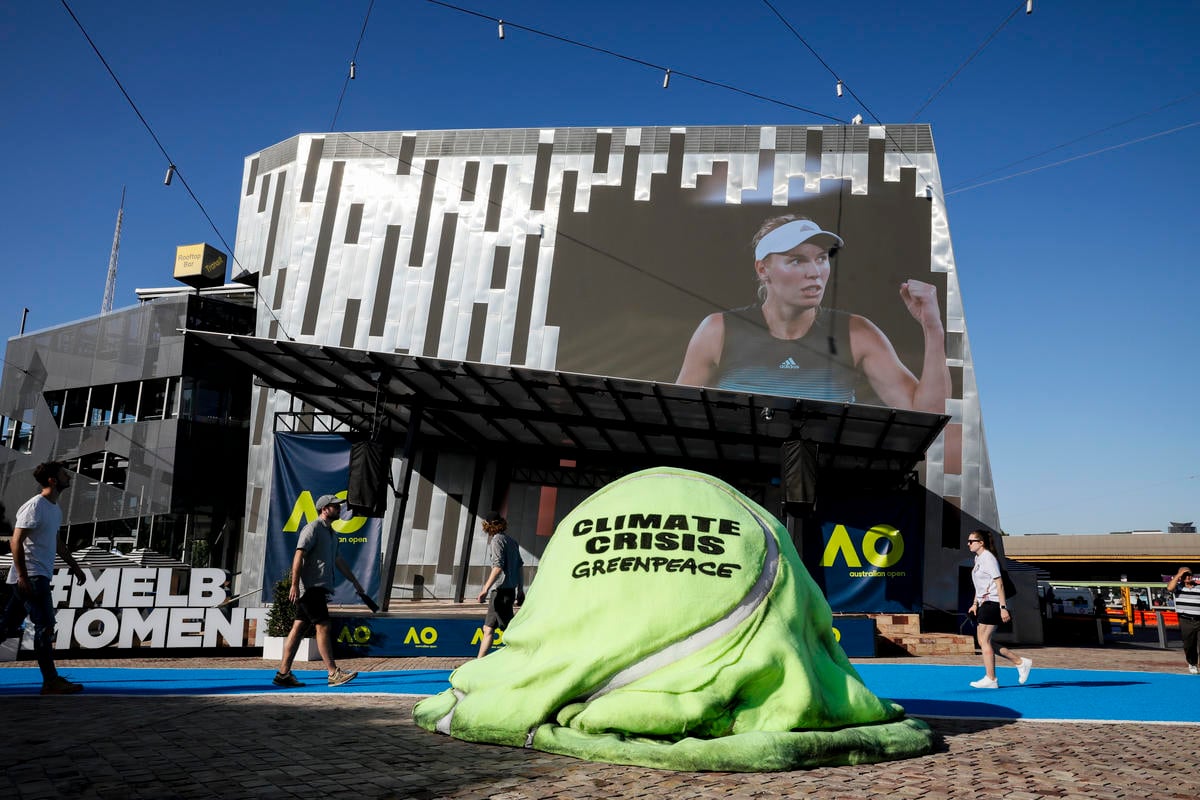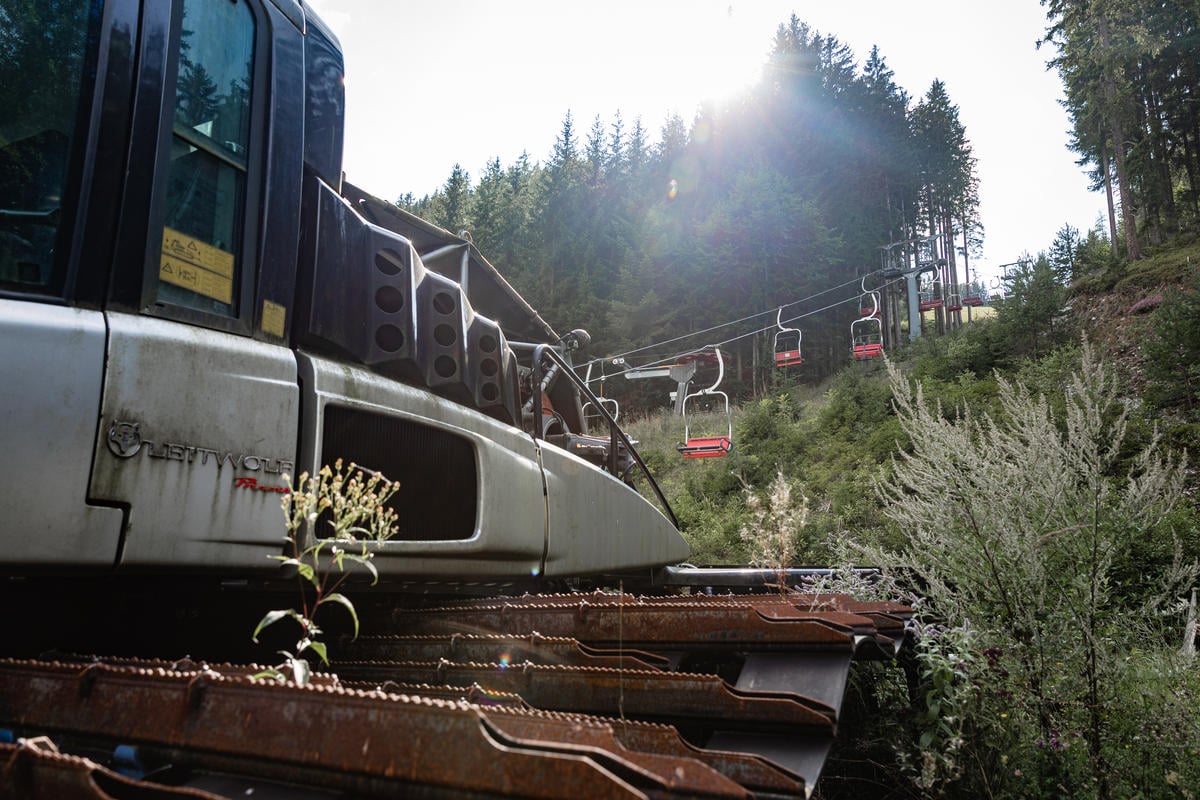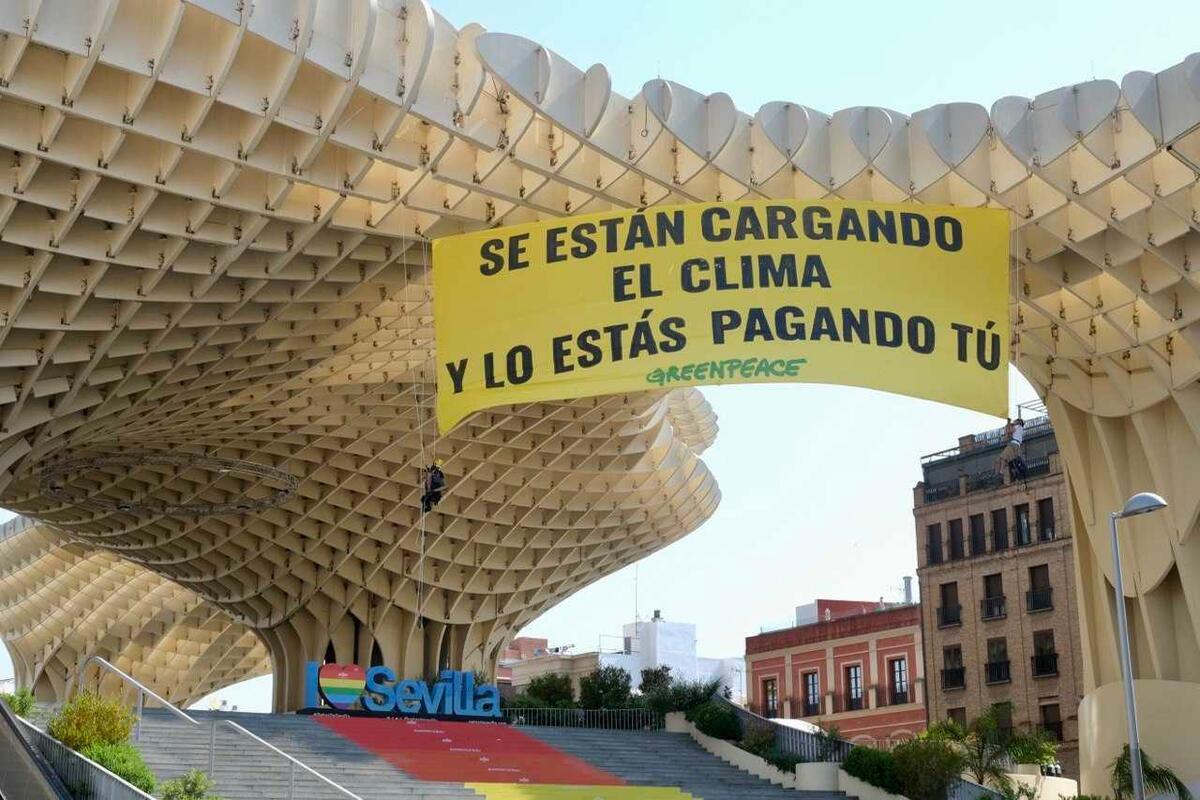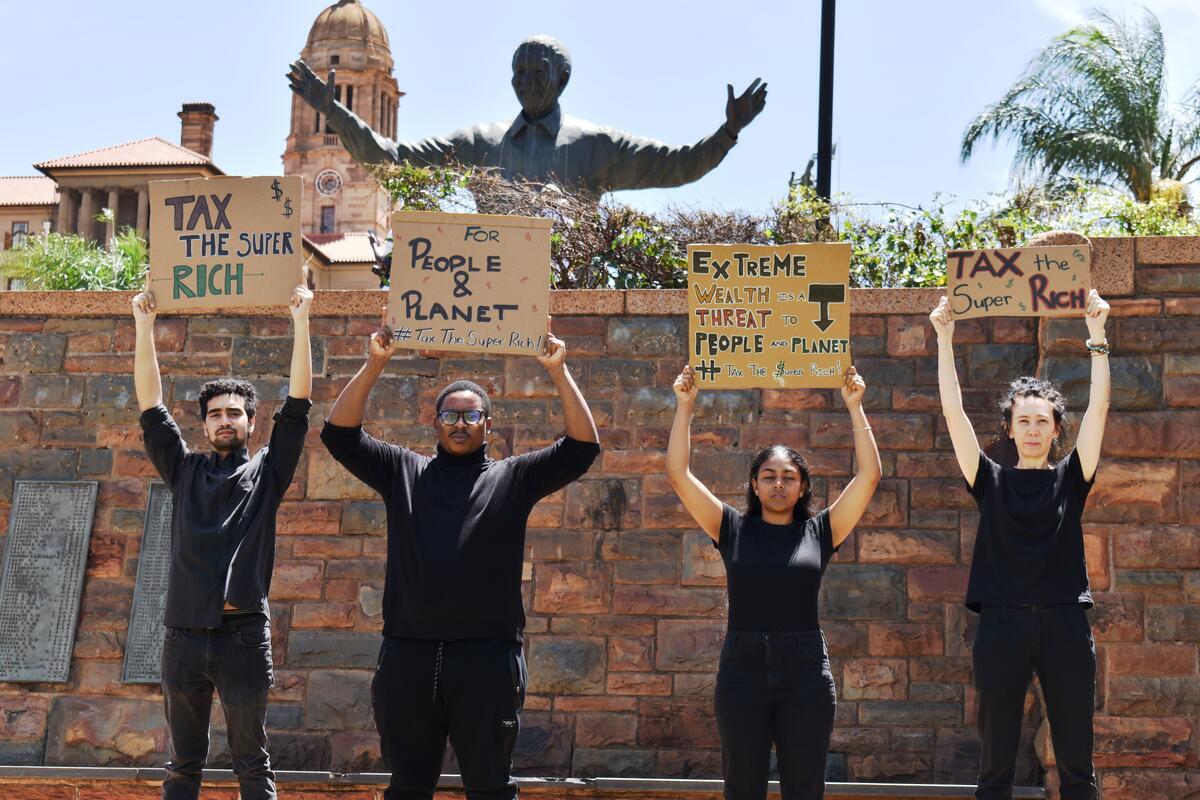Have you ever tried running in a heatwave or playing football in a storm? If so, you know that extreme weather can profoundly alter the sporting experience, whether you’re an amateur, a professional or a spectator.
The Paris Olympic Games are about to get underway, and their vow to be the ‘greenest ever Games’ continues to give rise to debates, if only because of their sponsors, major polluters like Coca-Cola, Samsung, Air France, and Toyota. This is a good time to remember that the world of sport itself is not spared by the impacts of the climate crisis.
The expression “there are no sports on a dead planet” underscores the urgent reality that the climate crisis is not just an environmental issue but one that permeates every facet of life, including sports. Here are four ways the climate crisis is impacting sports and athletes.
1. Extreme heat threatens athlete’s health and performance
Rising global temperatures are making it increasingly difficult for athletes to perform safely. Extreme heat can lead to heat exhaustion, dehydration, and even heatstroke, jeopardising athletes’ health and performance. That is true for tennis, cricket, baseball, football, rugby, cycling and many other sports.

During the Tokyo 2020 Olympics, the Games saw temperatures soar above 30°C (86°F) with high humidity, causing significant distress among athletes. Events like the marathon and race walking were moved to early morning hours to mitigate heat risks. Australian Open tennis players frequently contend with blistering heat. In 2014, temperatures reached 43°C (109°F), causing numerous players to suffer heat-related illnesses.
2. Extreme weather conditions, unpredictability and seasonal shifts disrupt sporting competitions and the lives of athletes
The increasing frequency and intensity of storms, floods, and other extreme weather events are wreaking havoc on sports schedules and venues. These disruptions lead to cancellations, delays, and rescheduling challenges. Uncertainty and the unpredictable field conditions due to climate change have become an additional stressor in the lives of athletes. Unpredictable weather patterns make it harder to maintain regular training schedules and the shifting of seasons due to climate change affects when and how athletes can train and compete.
During the 2019 Rugby World Cup, typhoon Hagibis caused the cancellation of several matches in Japan, affecting the tournament’s schedule and logistics. Hagibis caused more than US$ 17 billion (2019 USD) in damages, making it, at the time, the costliest typhoon on record.
View this post on Instagram
California wildfires’ smoke has repeatedly forced the cancellation of sports events, including college football games and professional baseball matches. Poor air quality due to wildfires poses a significant risk to athletes, especially those involved in outdoor sports. Breathing in polluted air can reduce lung function, aggravate asthma, and lead to other health issues.
The 2010 Commonwealth Games in Delhi, India, faced severe challenges due to unexpected heavy monsoon rains that led to significant flooding in the region. The 2019 Southeast Asian Games in the Philippines were affected by severe extreme weather, and the organisers had to implement emergency measures to drain flooded areas and ensure the safety of athletes and spectators.
Amateur athletes of all ages are impacted; for example, children in the Sydney region are unable to play football as much as they would like to due to record rainfall and inadequate field drainage systems.
3. Winter sports face disappearing snow cover
Warmer winters are shortening ski seasons, impacting training and competitions. Many FIS Alpine Ski World Cup – the top international circuit of alpine skiing competitions – events have seen cancellations and relocations due to lack of snow.
Unseasonably warm weather is prompting extensive artificial snowmaking and leading to concerns about the quality of snow and safety of the slopes. Fake snow has dominated the Winter Olympics for the last decade: the PyeongChang and Sochi Olympics used 80 and 90 percent artificial snow. One-hundred percent of the snow that athletes at the 2022 Beijing Winter Olympics did compete on was artificial.
The process for creating artificial snow is an environmental absurdity which consumes vast amounts of water and energy, exacerbating resource depletion and carbon emissions. This practice undermines sustainability efforts and contributes to climate change, creating a counterproductive cycle for winter sports industries.

Athletes like Olympic snowboarders and gold medalists Hannah Teter and Shaun White have spoken about how changing snow patterns are impacting winter sports, advocating for greater environmental awareness and action.
4. Damage and economic impact on sports infrastructure
Extreme weather events can cause significant damage to sports infrastructure, leading to costly repairs and rebuilding efforts. This economic burden can affect local communities and the broader sports industry.
In 2005, Hurricane Katrina – an iconic and tragic example of how the climate crisis supercharging extreme weather events and how the impacts of climate change are disproportionately felt by low-income communities and communities of colour – devastated the city of New Orleans, Louisiana and caused extensive damage to the Louisiana Superdome, home to the NFL’s Saints, leading to a temporary relocation of the team.

In 2011, Queensland, Australia, experienced catastrophic flooding, which severely damaged Brisbane’s Suncorp Stadium. The floods inundated the stadium, causing extensive water damage to the pitch, seating areas, and the stadium’s electrical and mechanical systems.
Make polluters pay
The climate crisis is a multifaceted threat to the world of sports, affecting everything from athlete health to economic stability. As athletes and organisations increasingly speak out, it’s clear that sustainable practices and climate action are essential to protect the future of sports from the greed of fossil fuel companies. Without a healthy planet, there can be no games, no competitions, and no athletic triumphs.
This goes beyond major competitions, the Olympic Games, and the realm of sponsors and money. It encompasses an intangible heritage and a culture that unites us, contributing to the richness of our shared humanity.
This is yet another reason, if one were needed, to halt all oil and gas expansion around the world and to make the polluters pay for the damage they have created. To protect their future, athletes and the world of sport must play their part in this effort.



